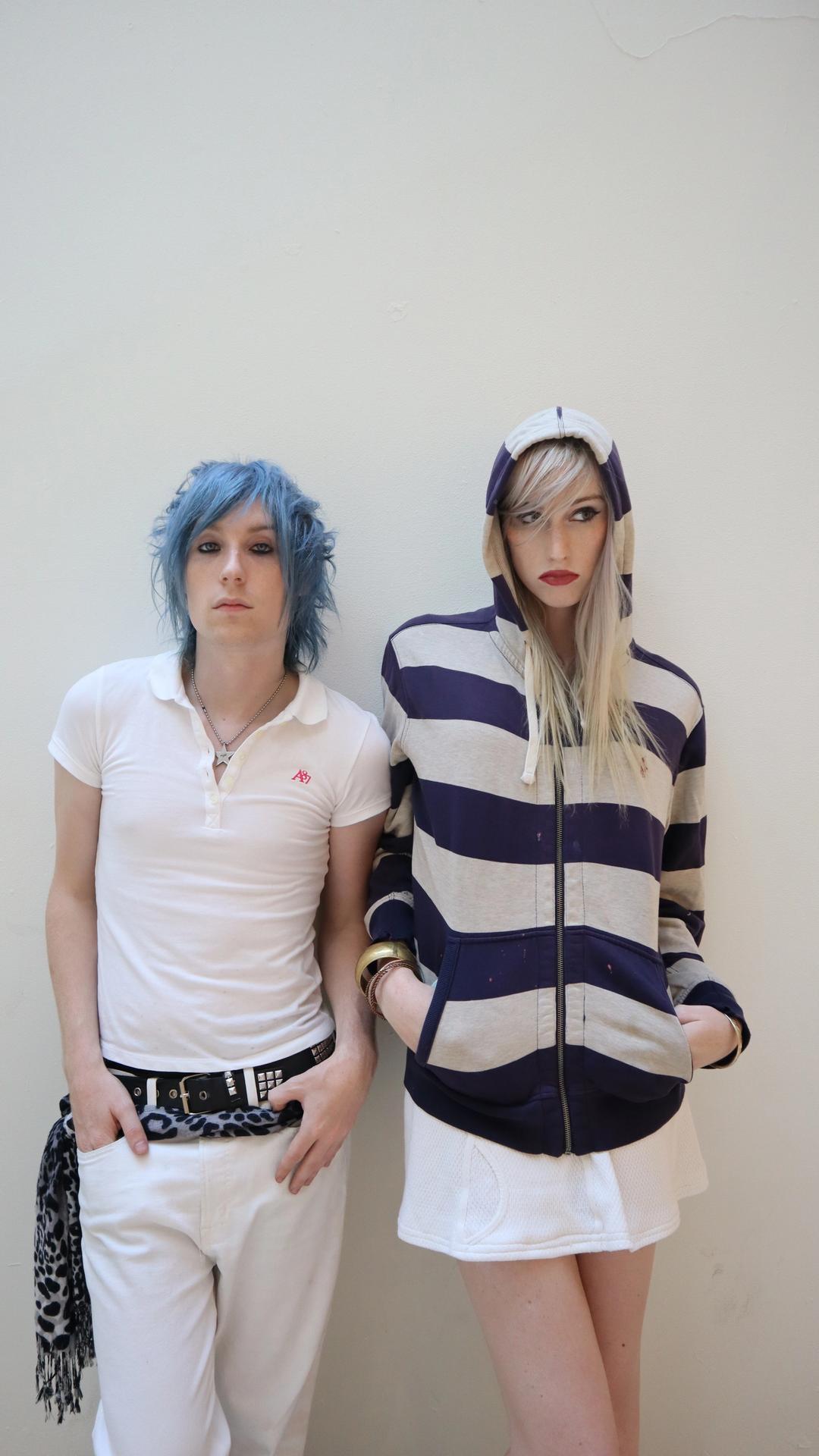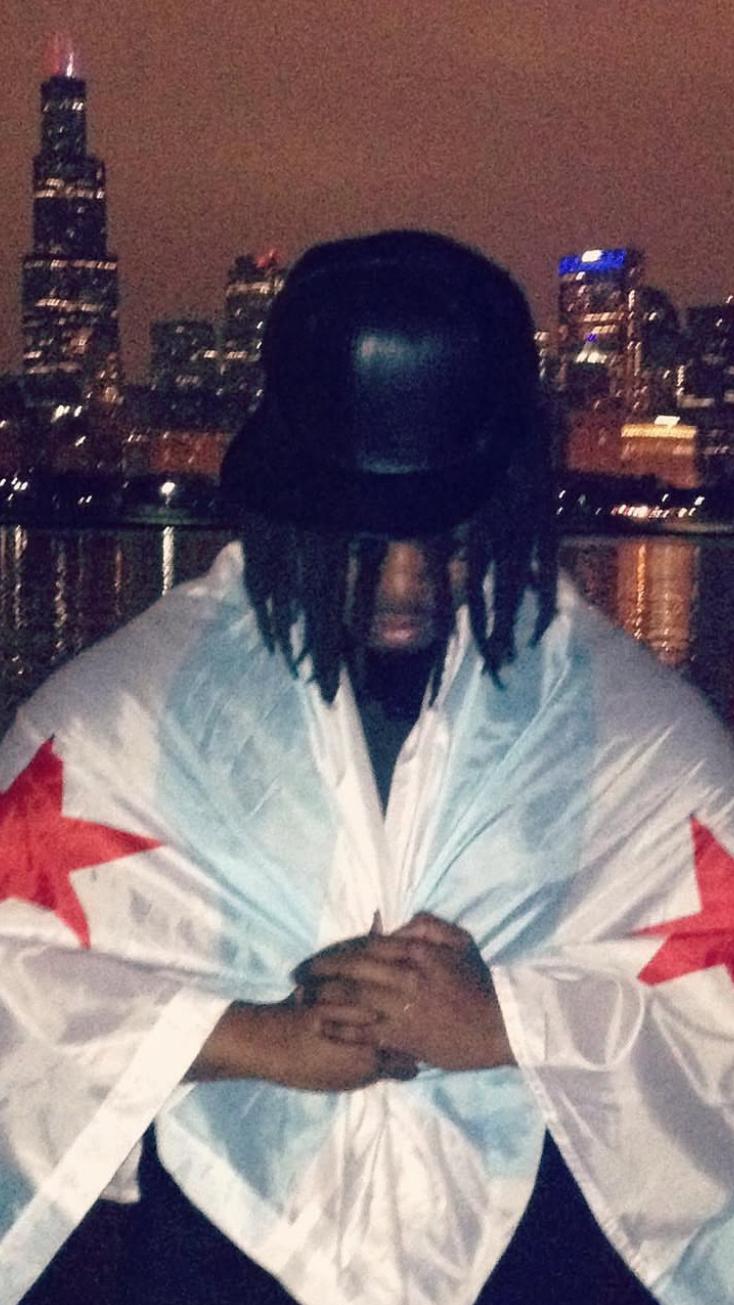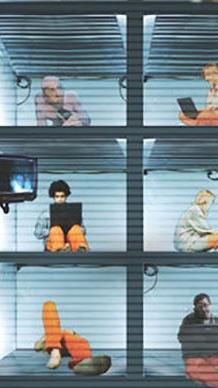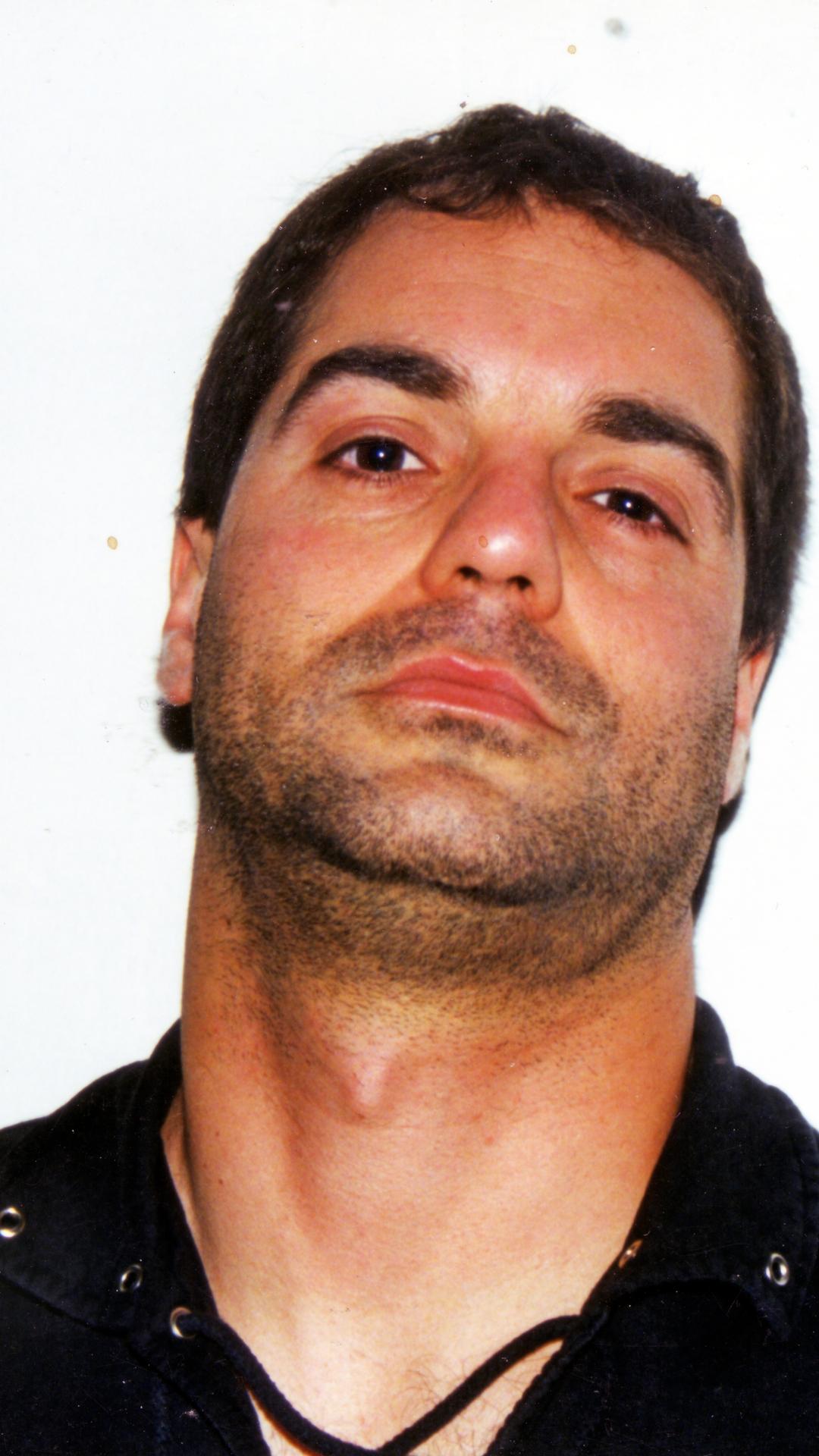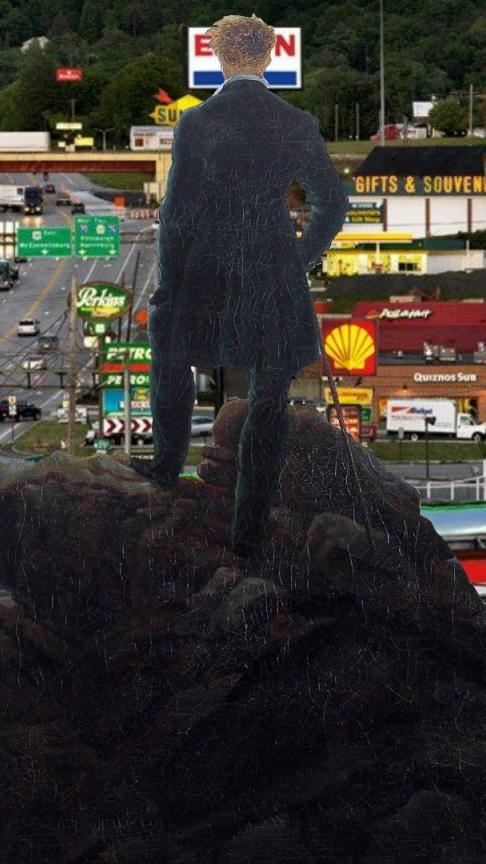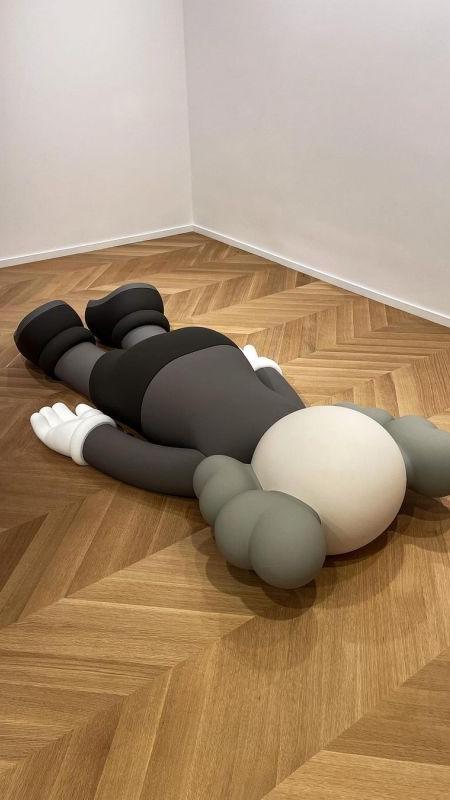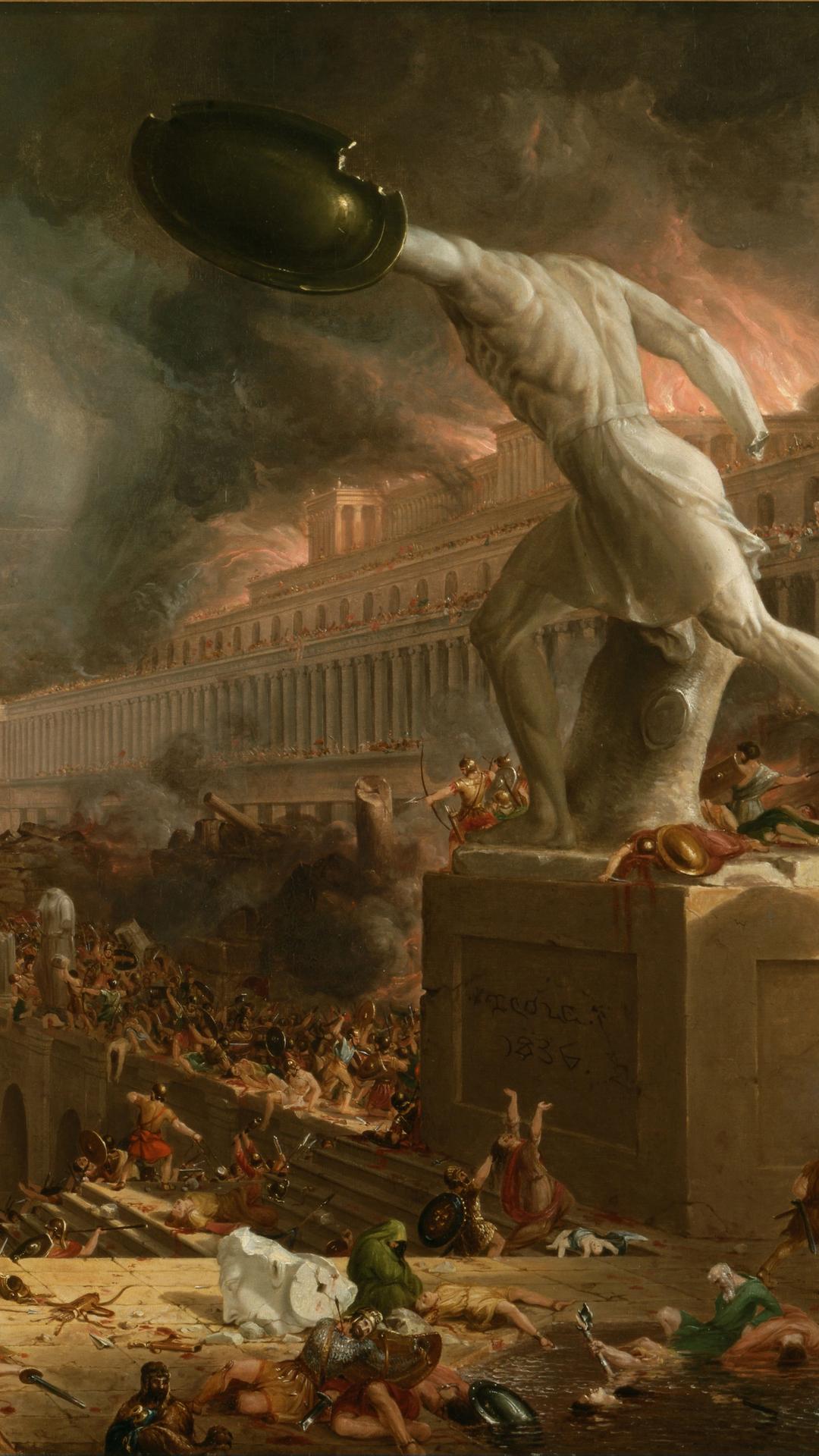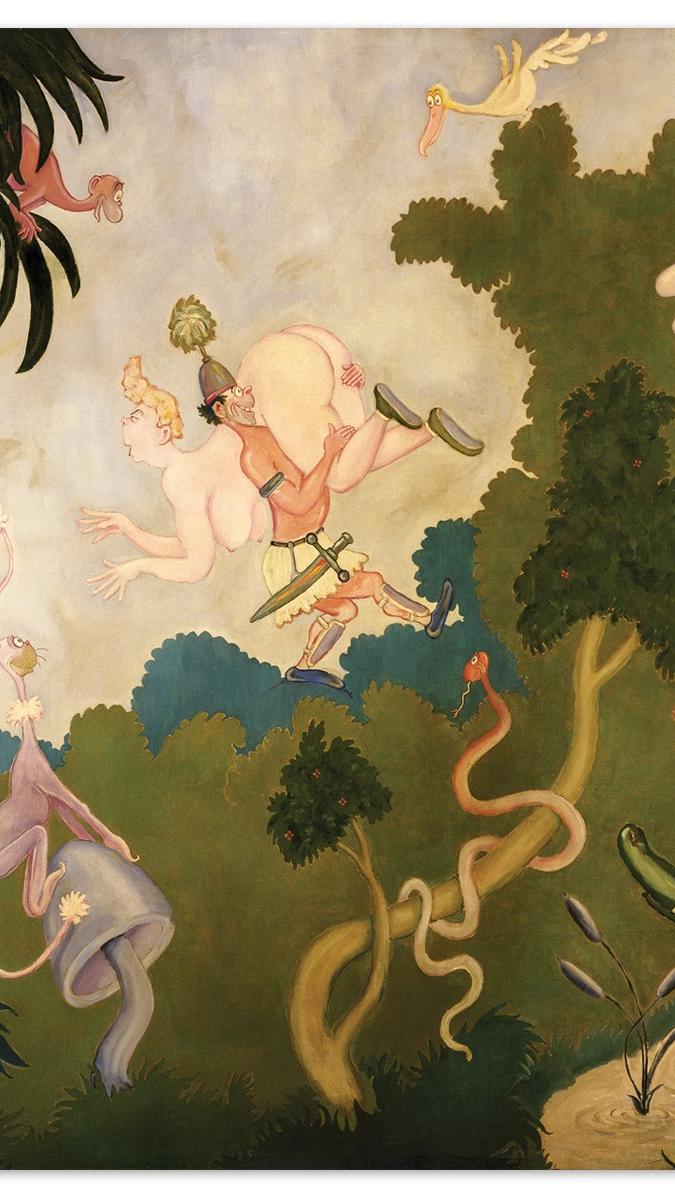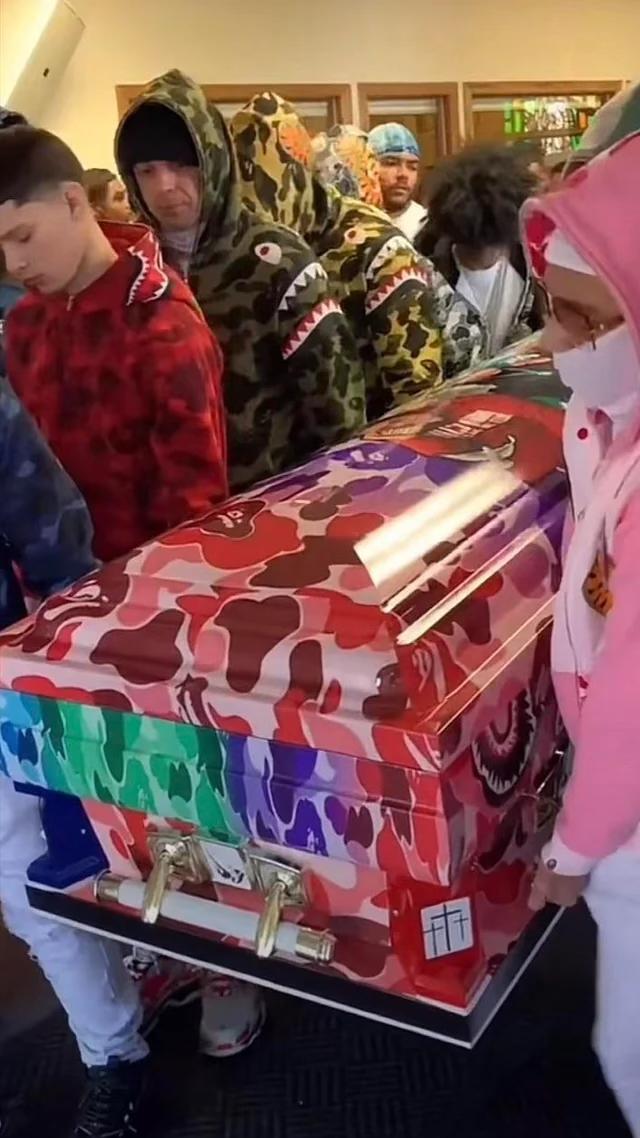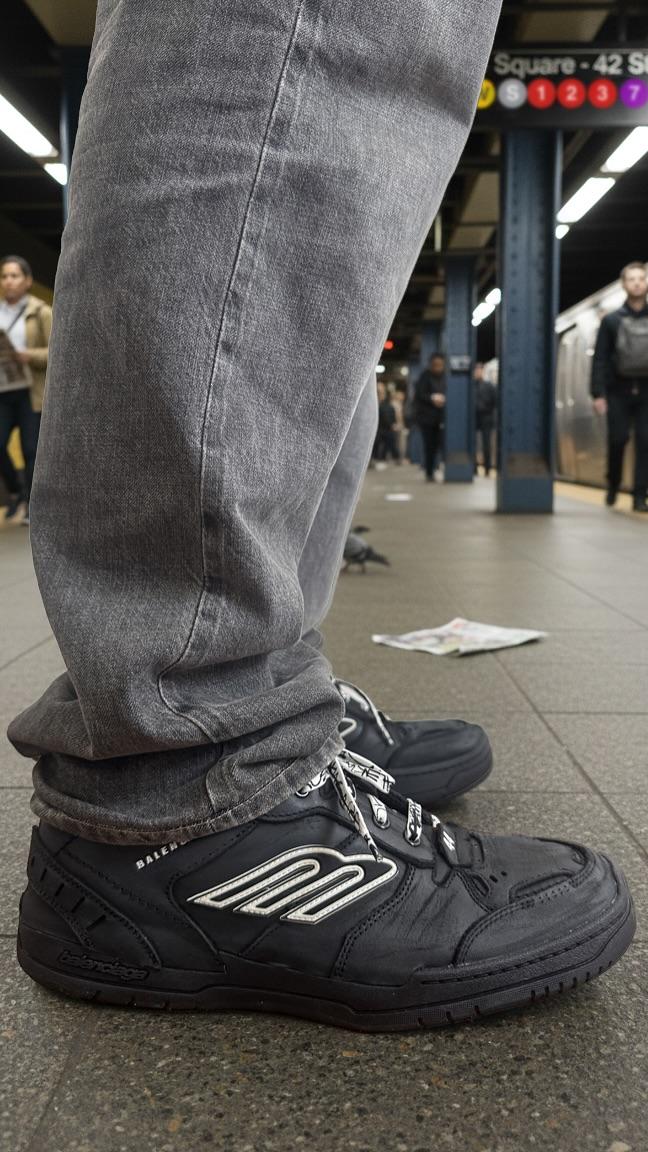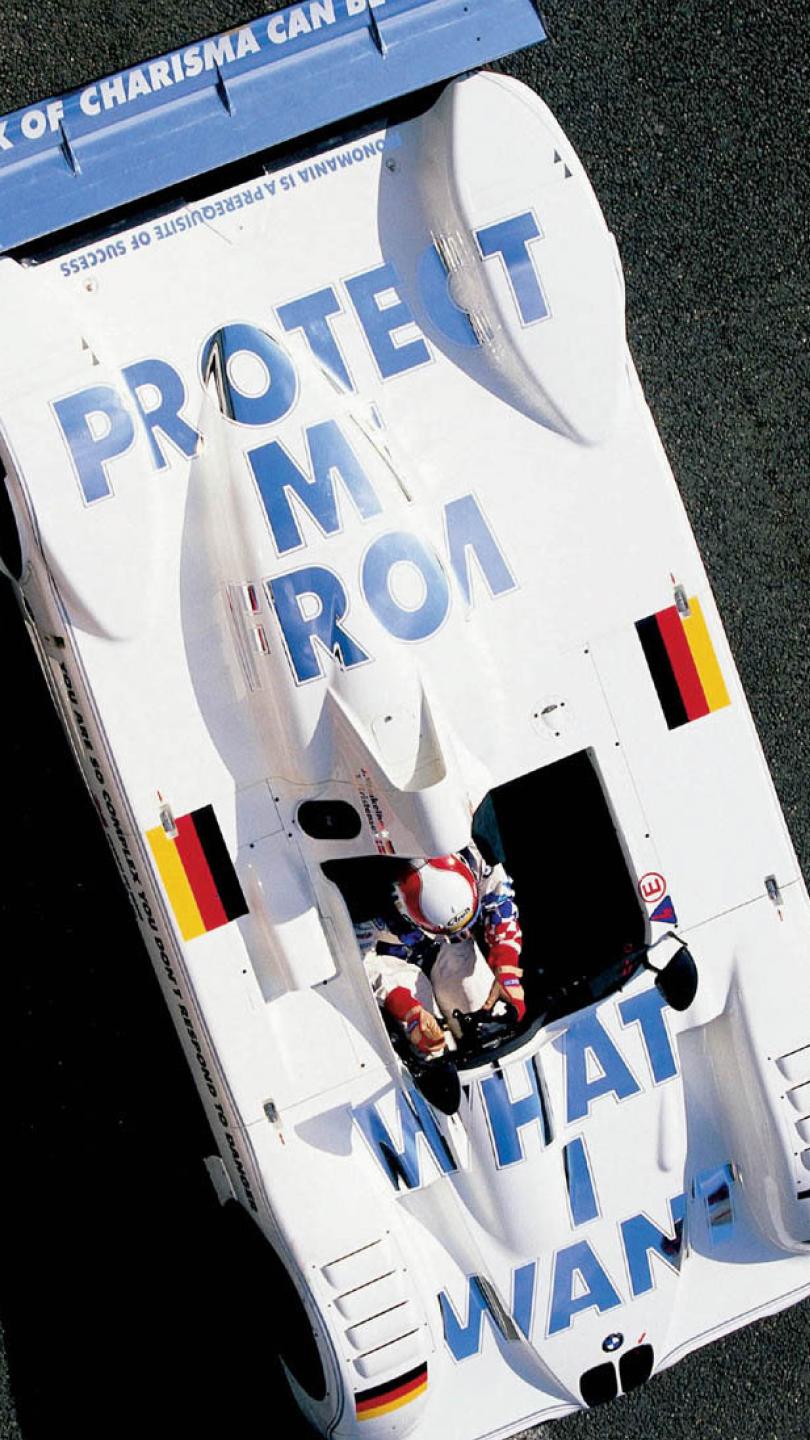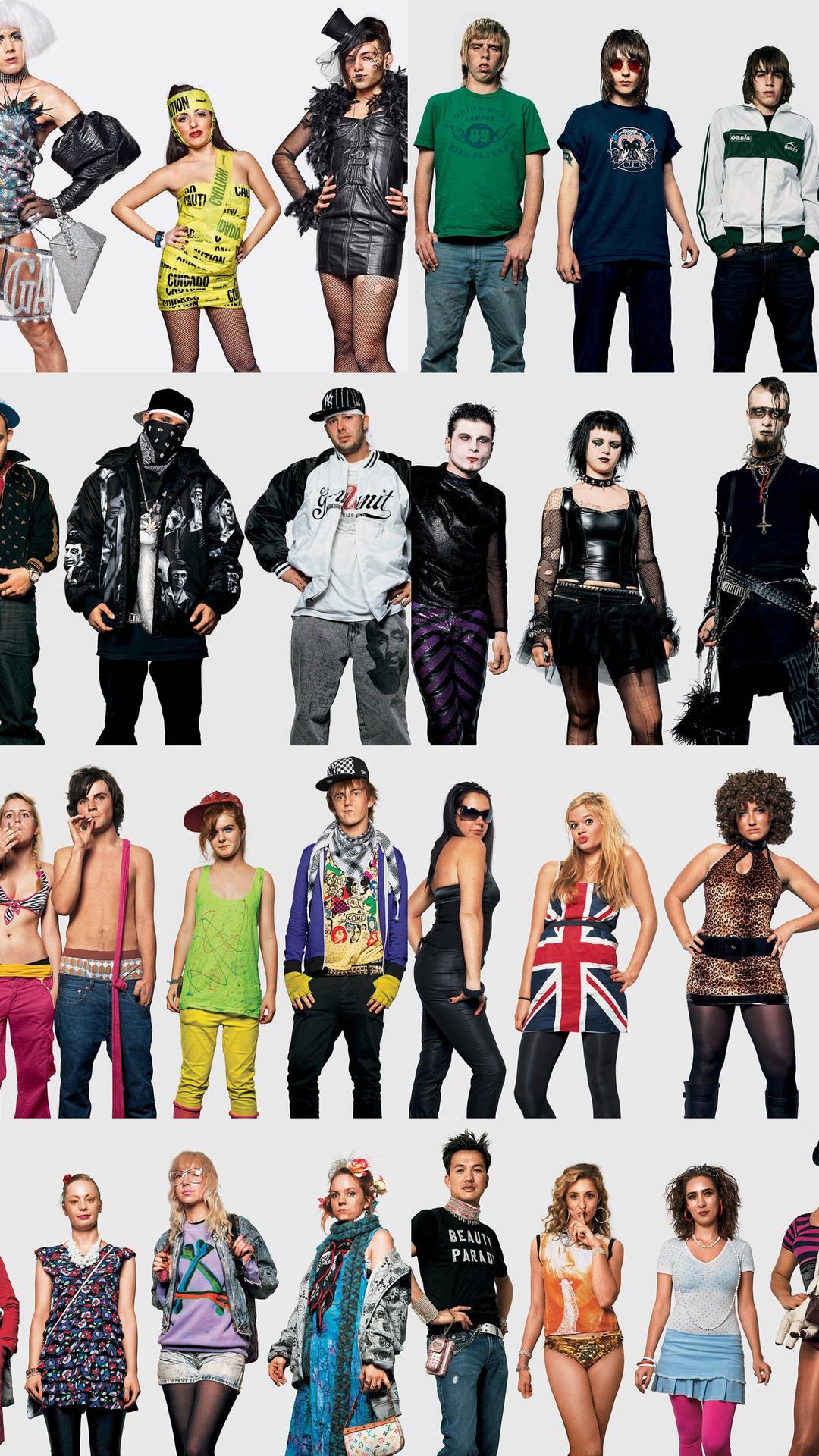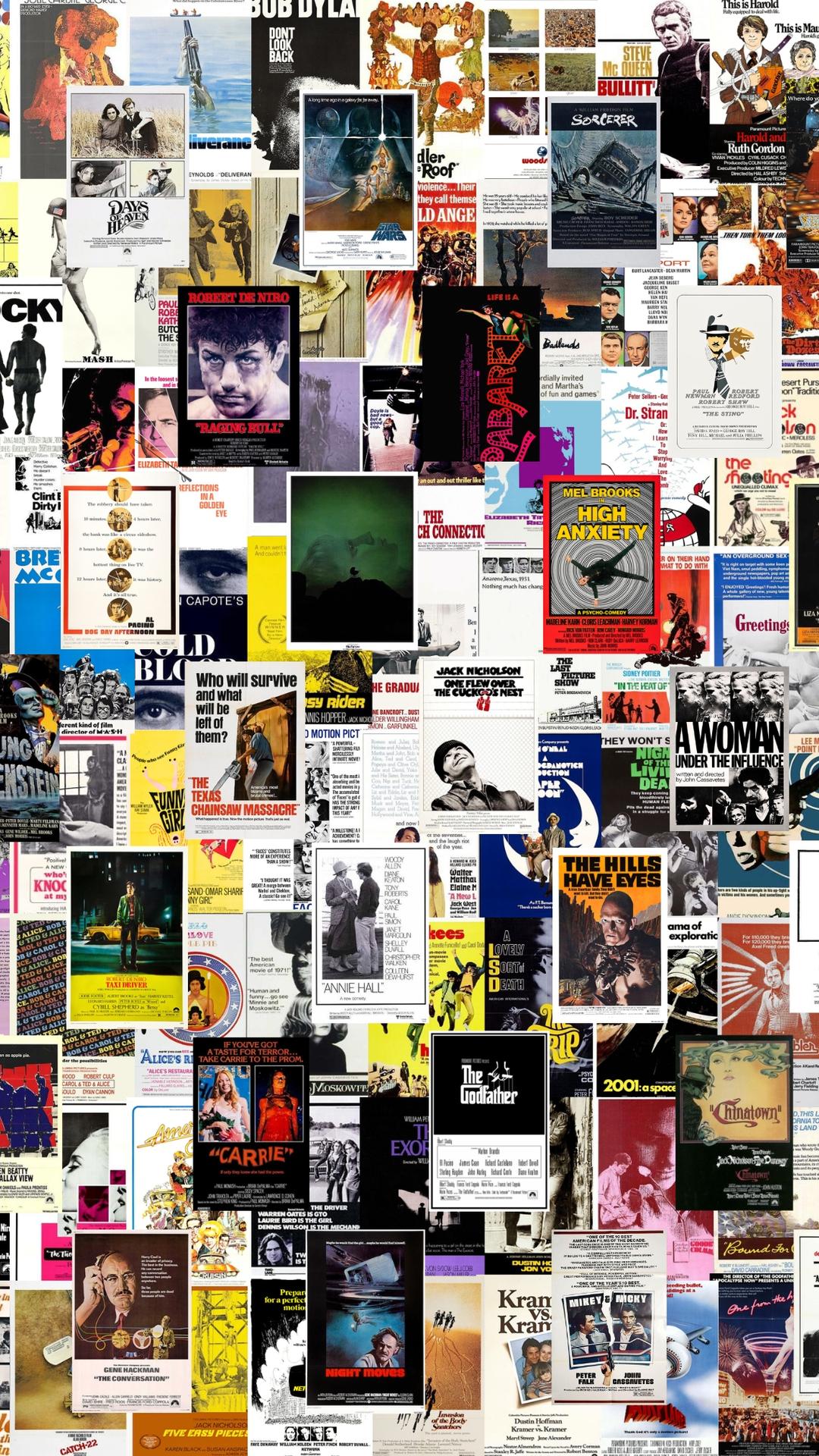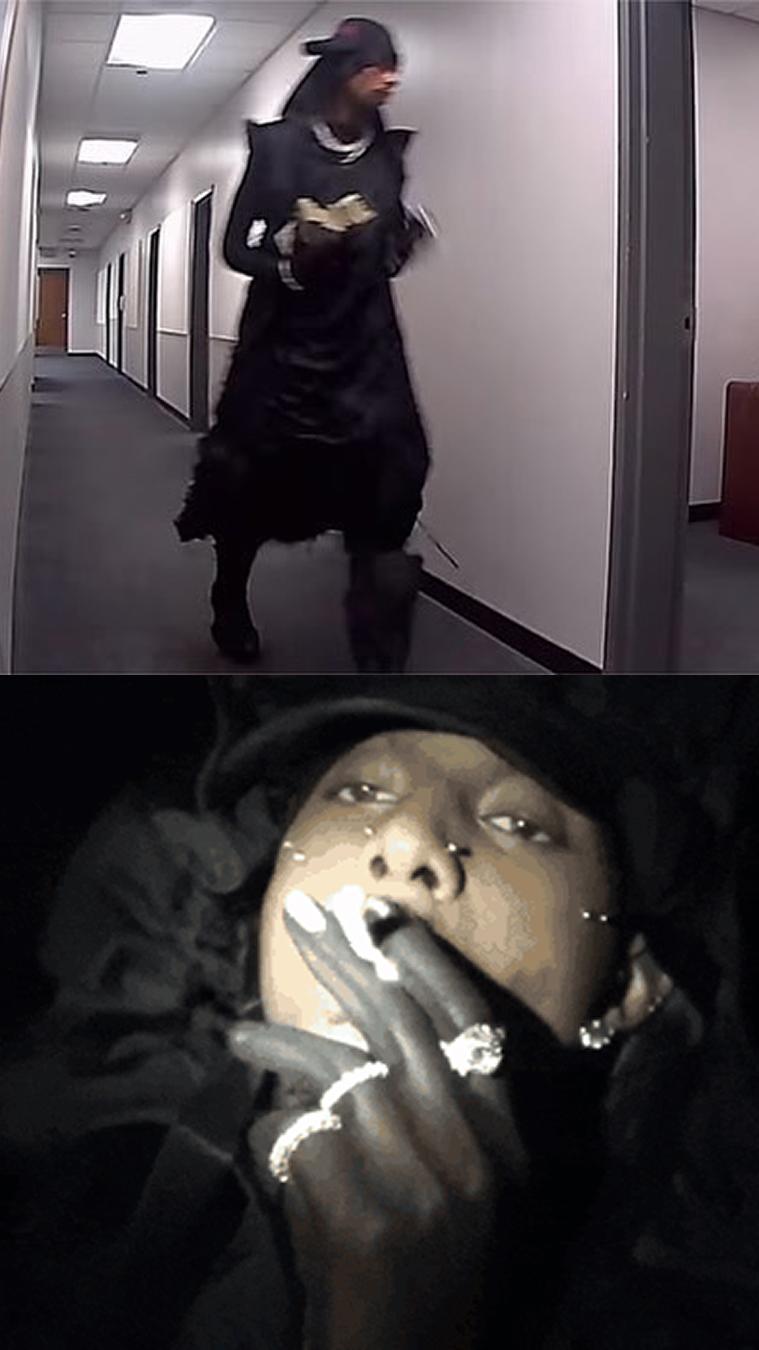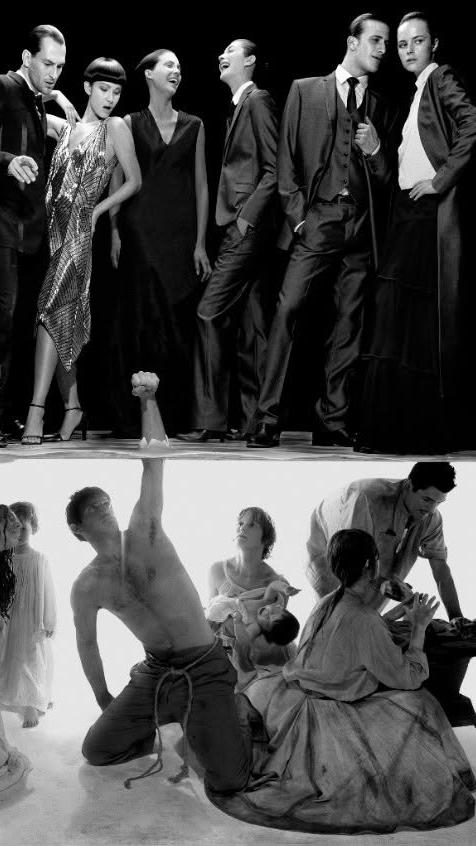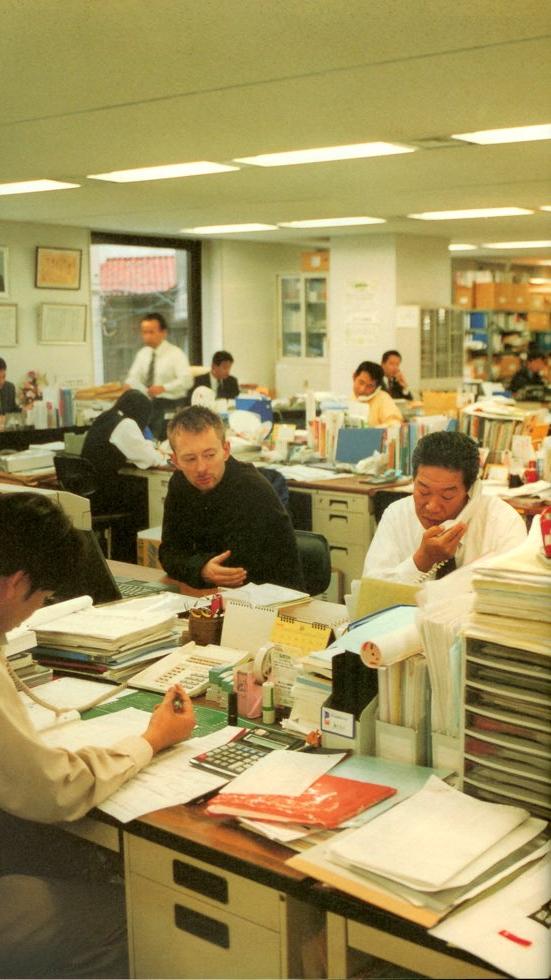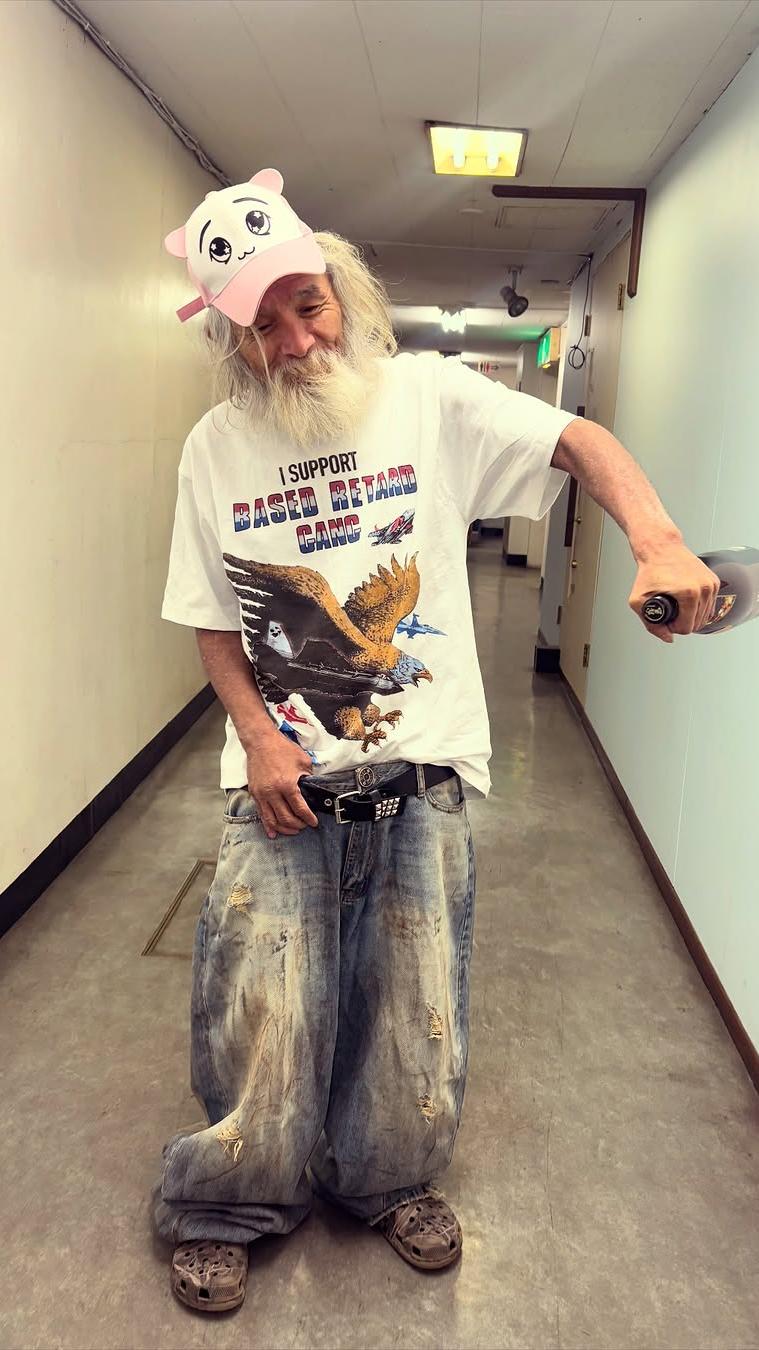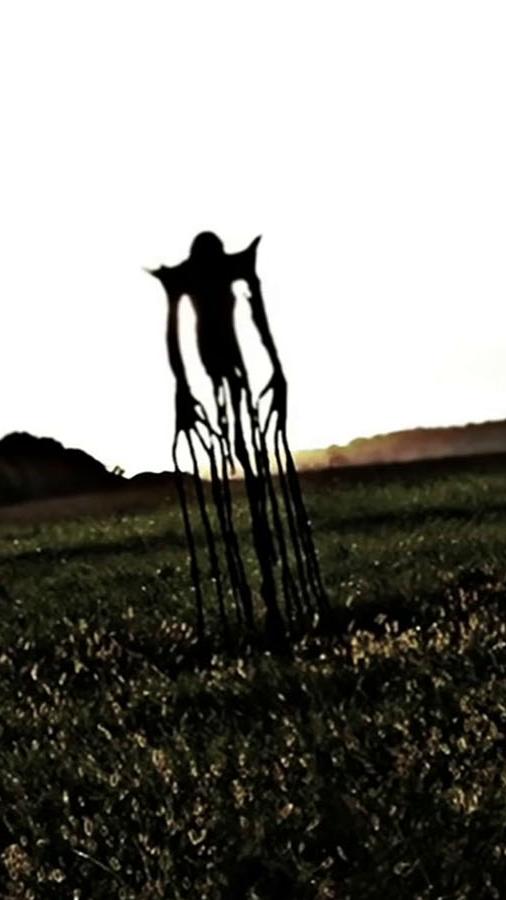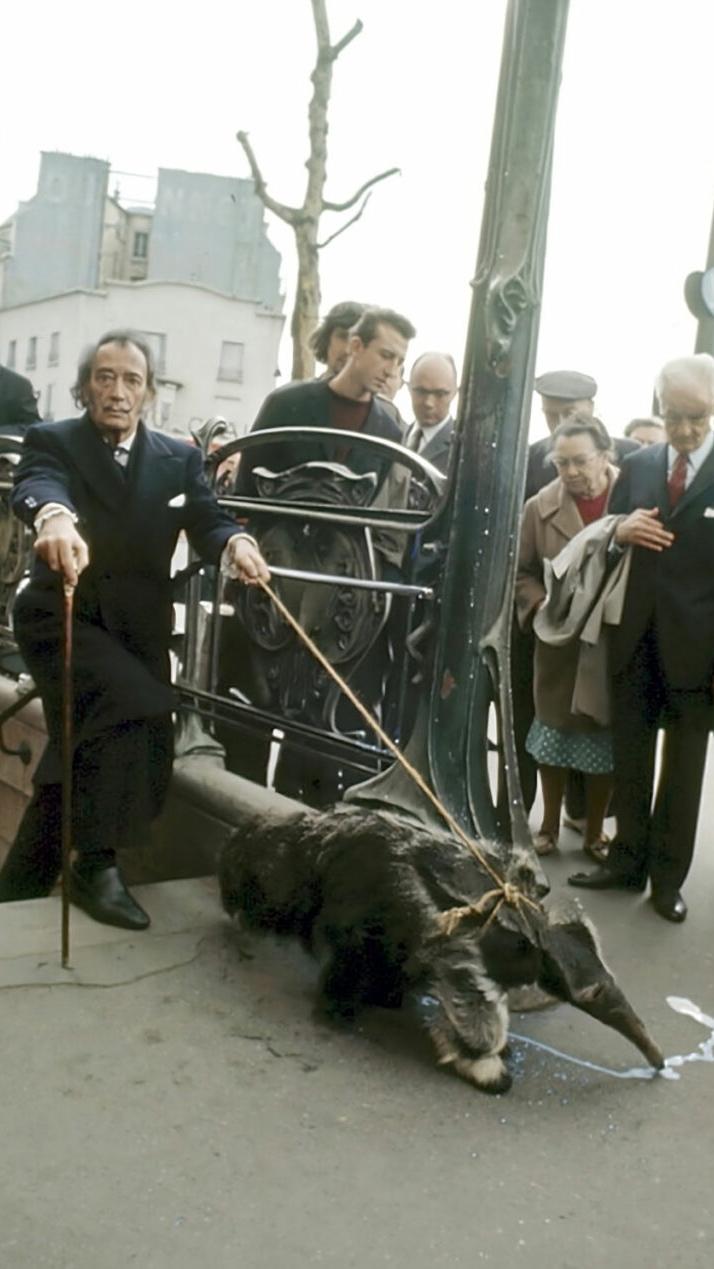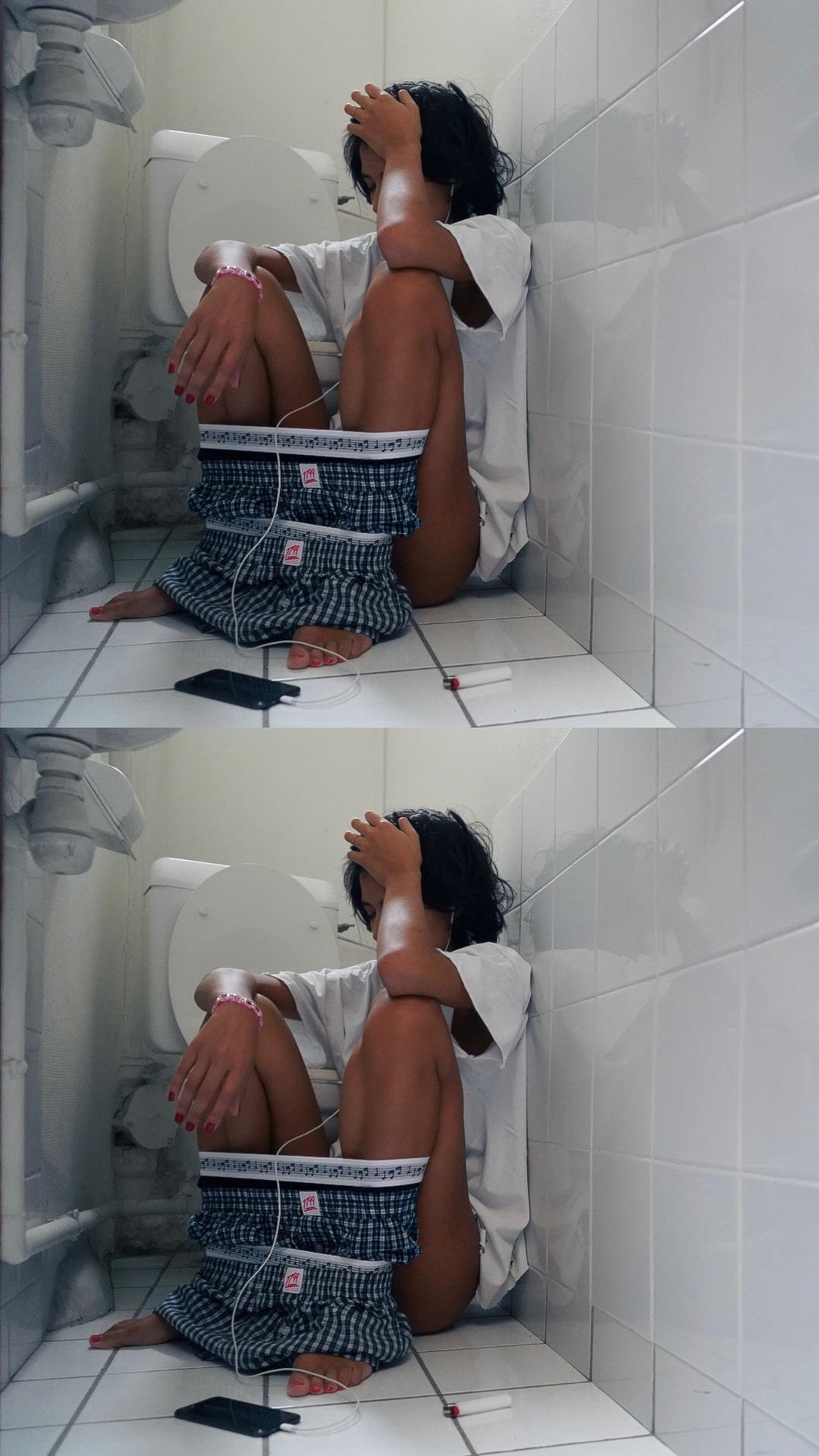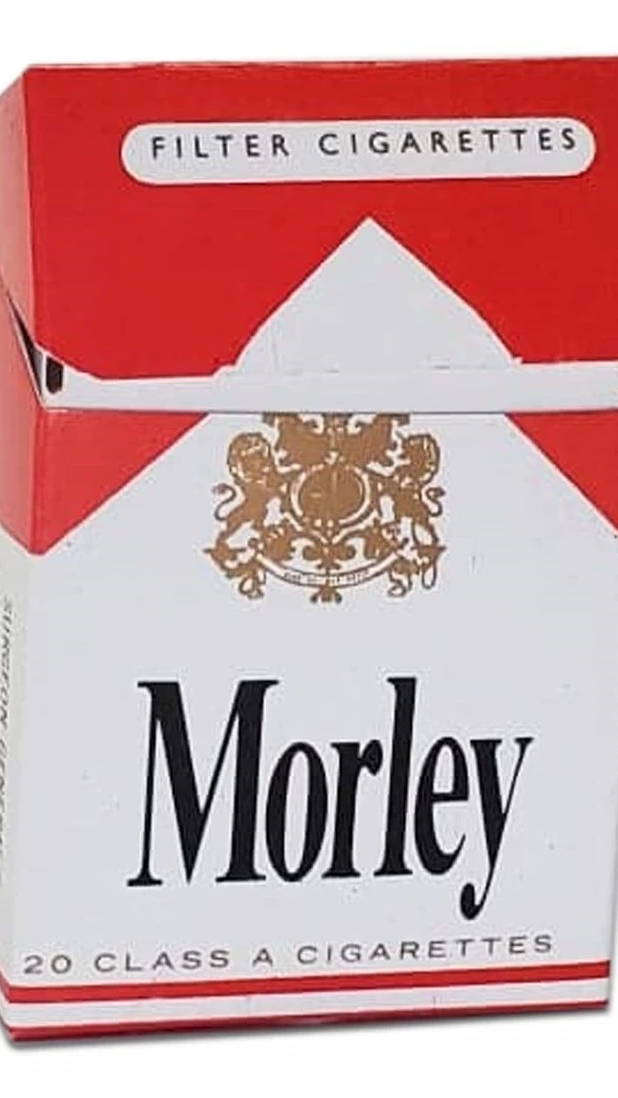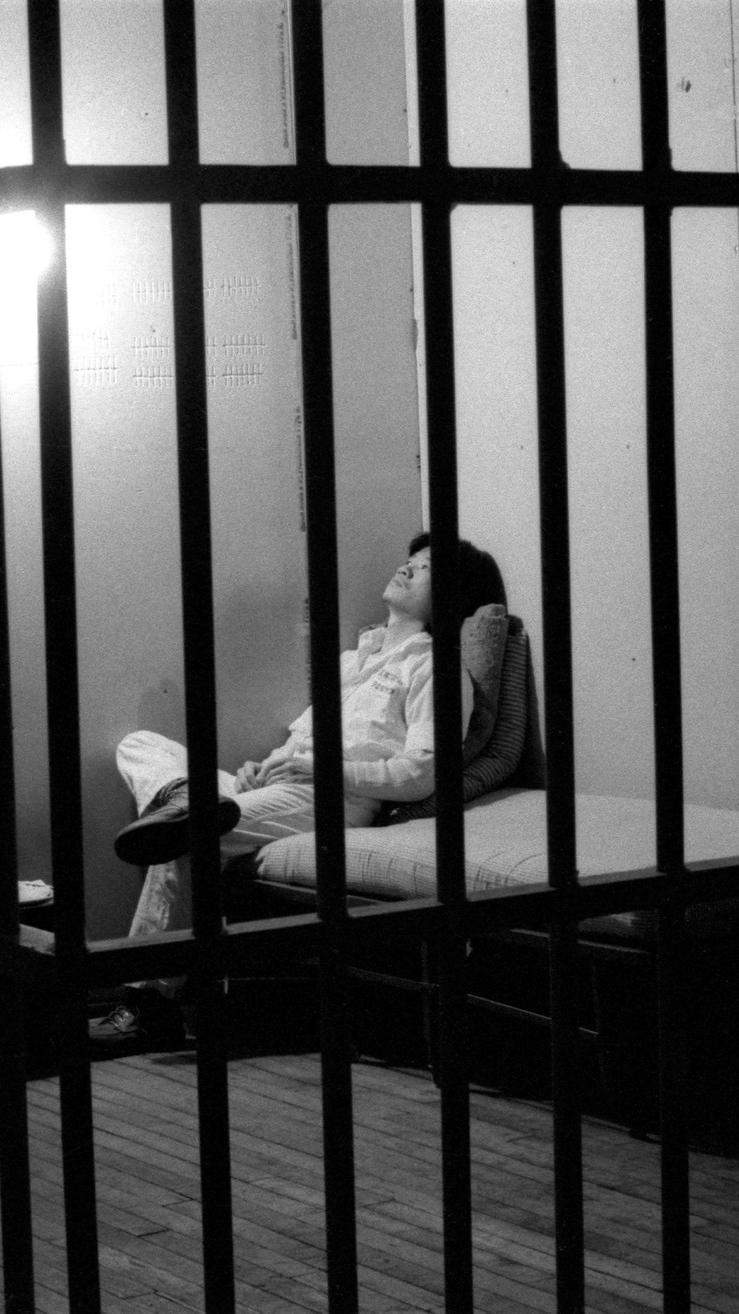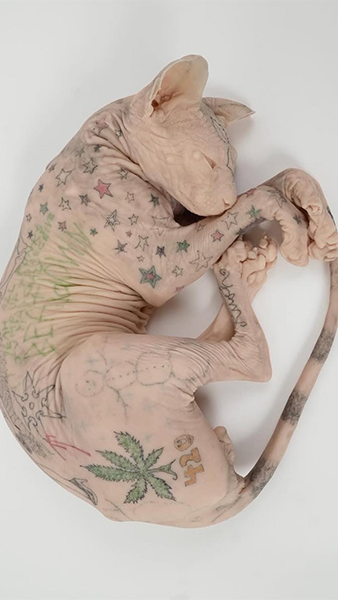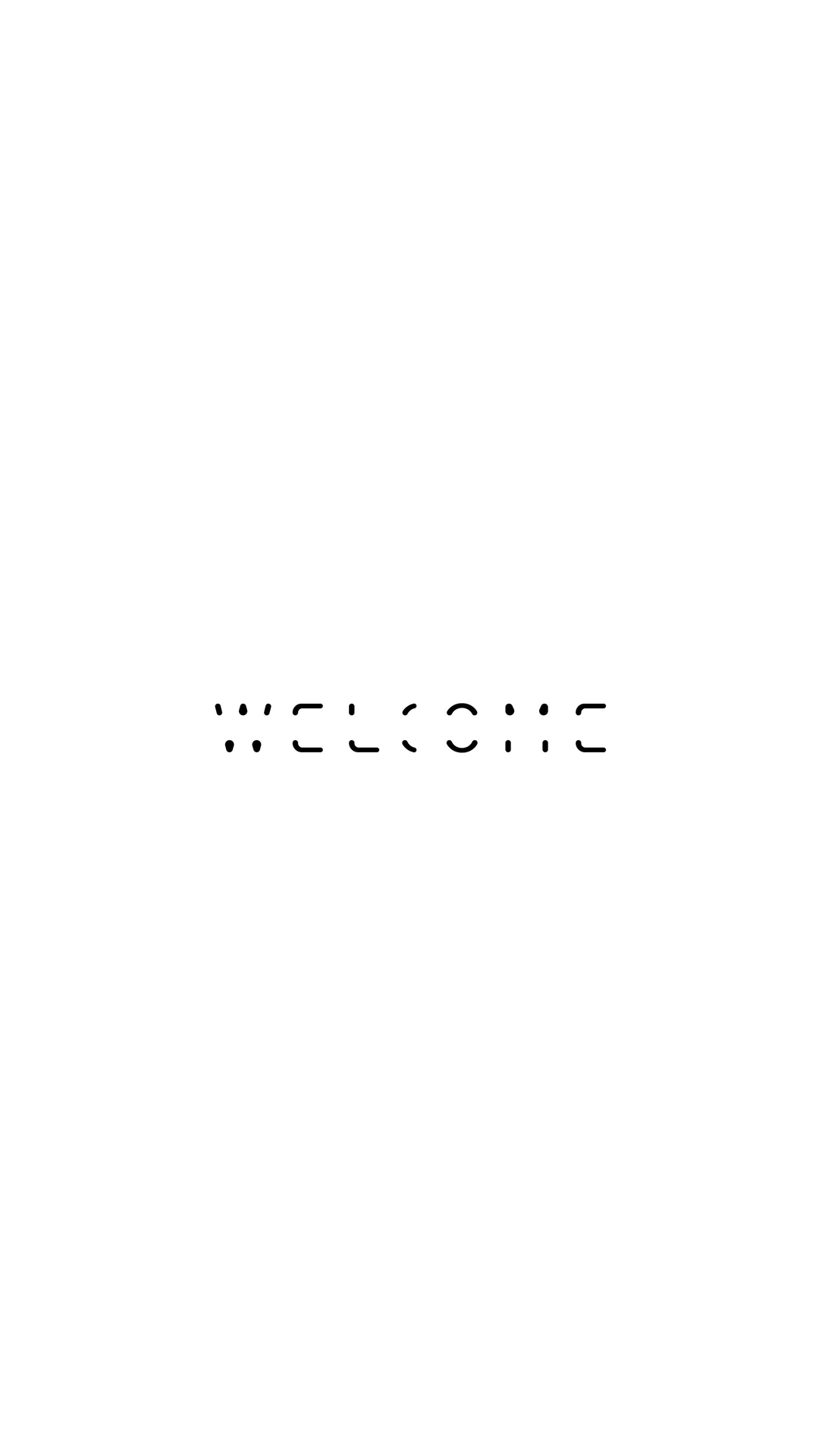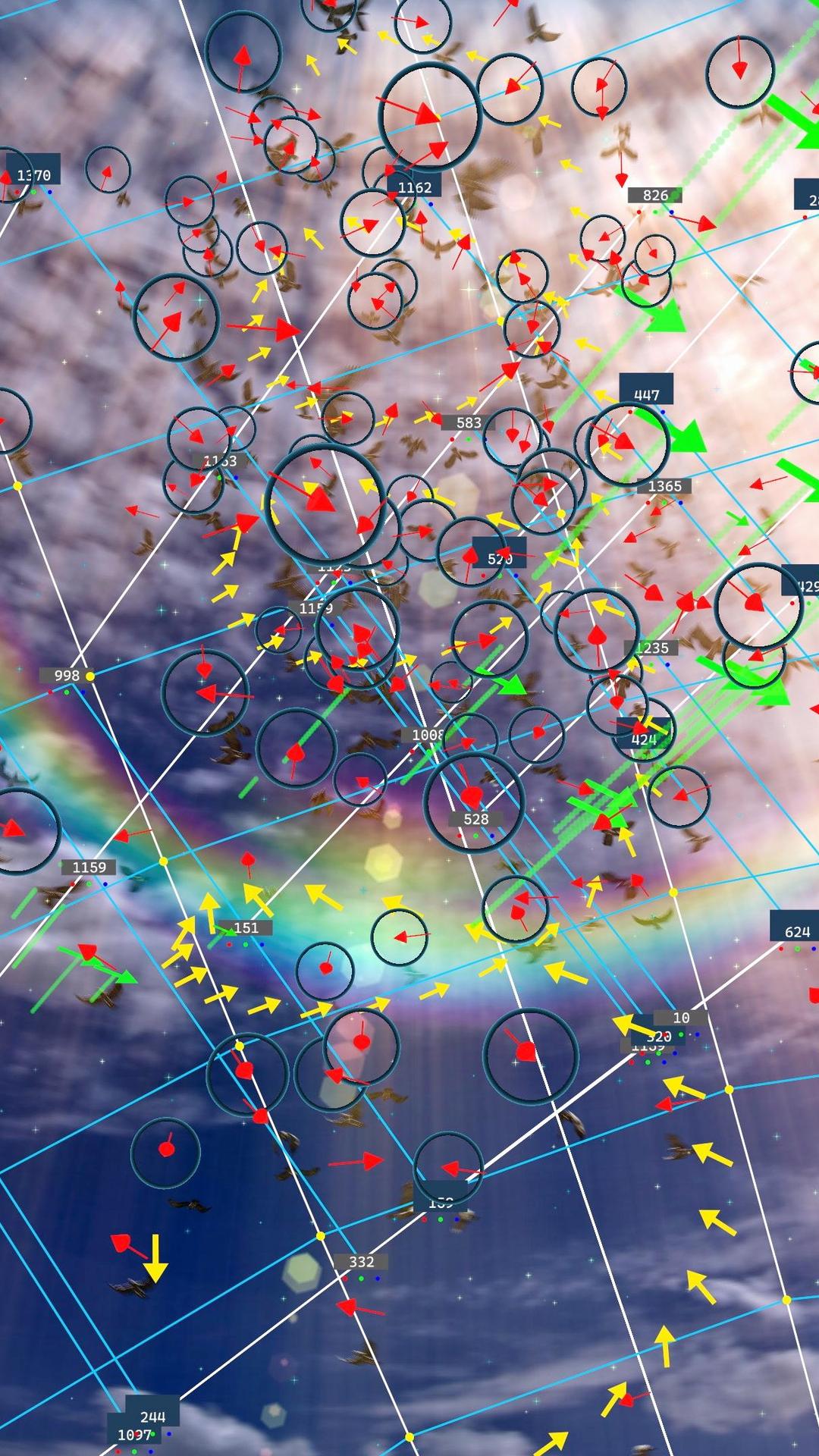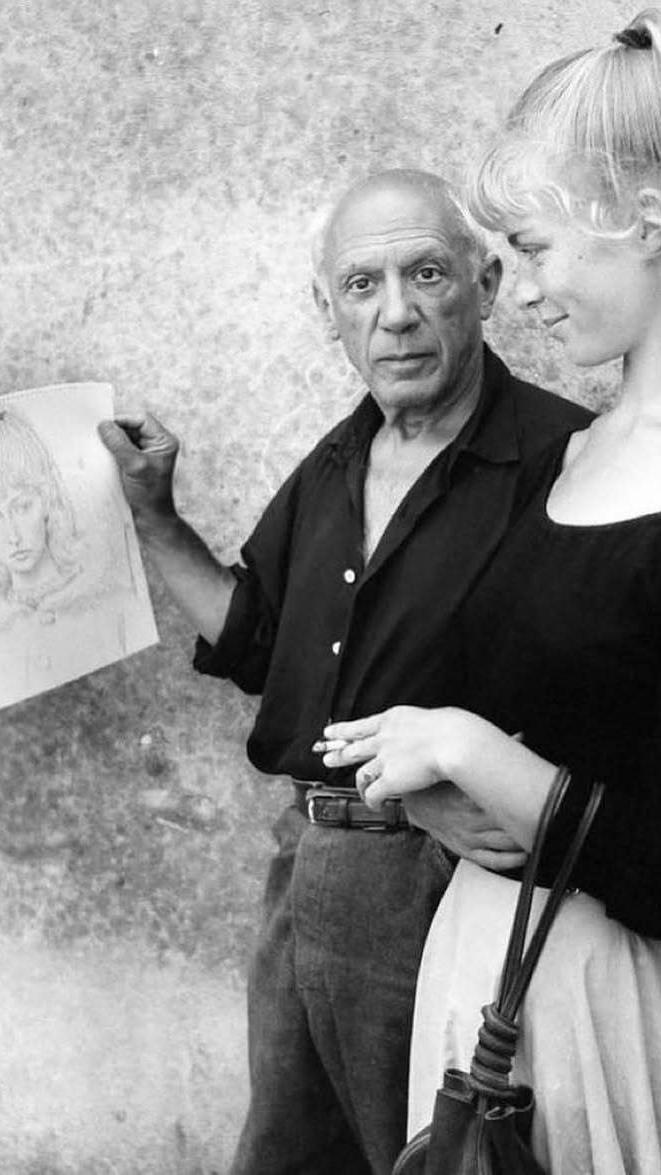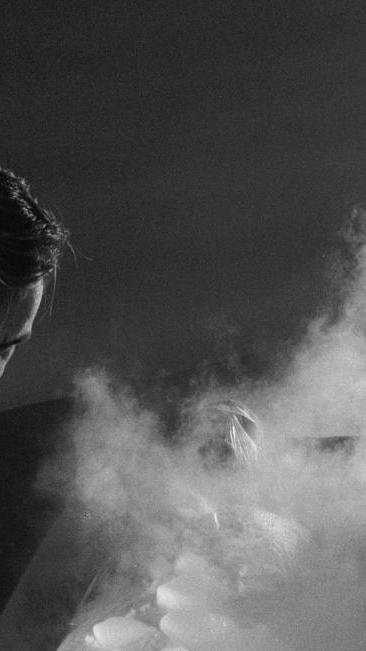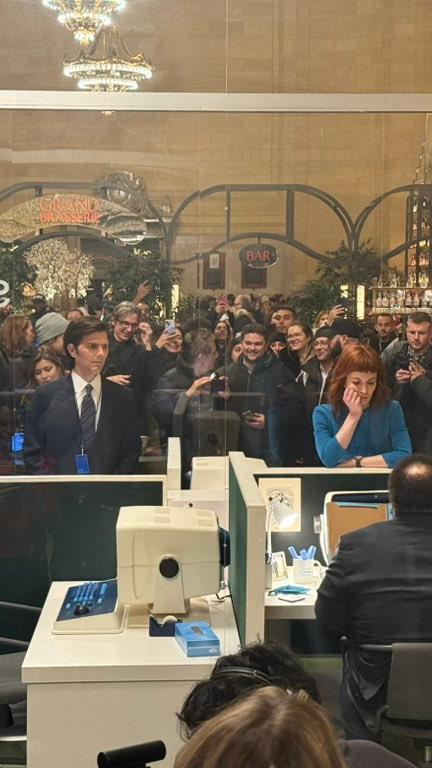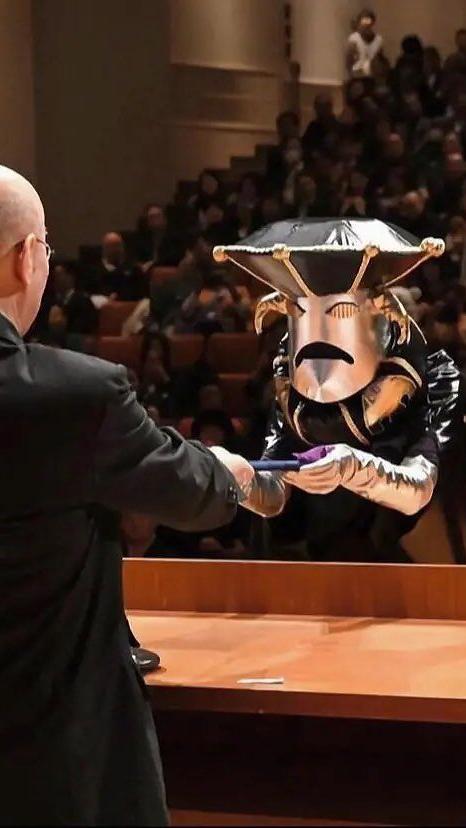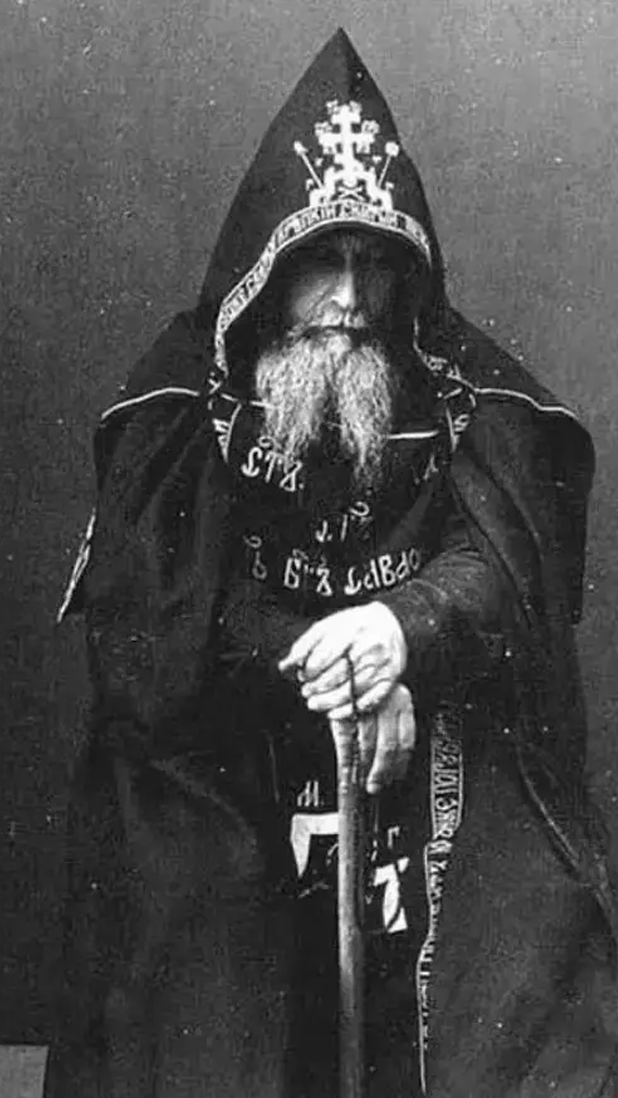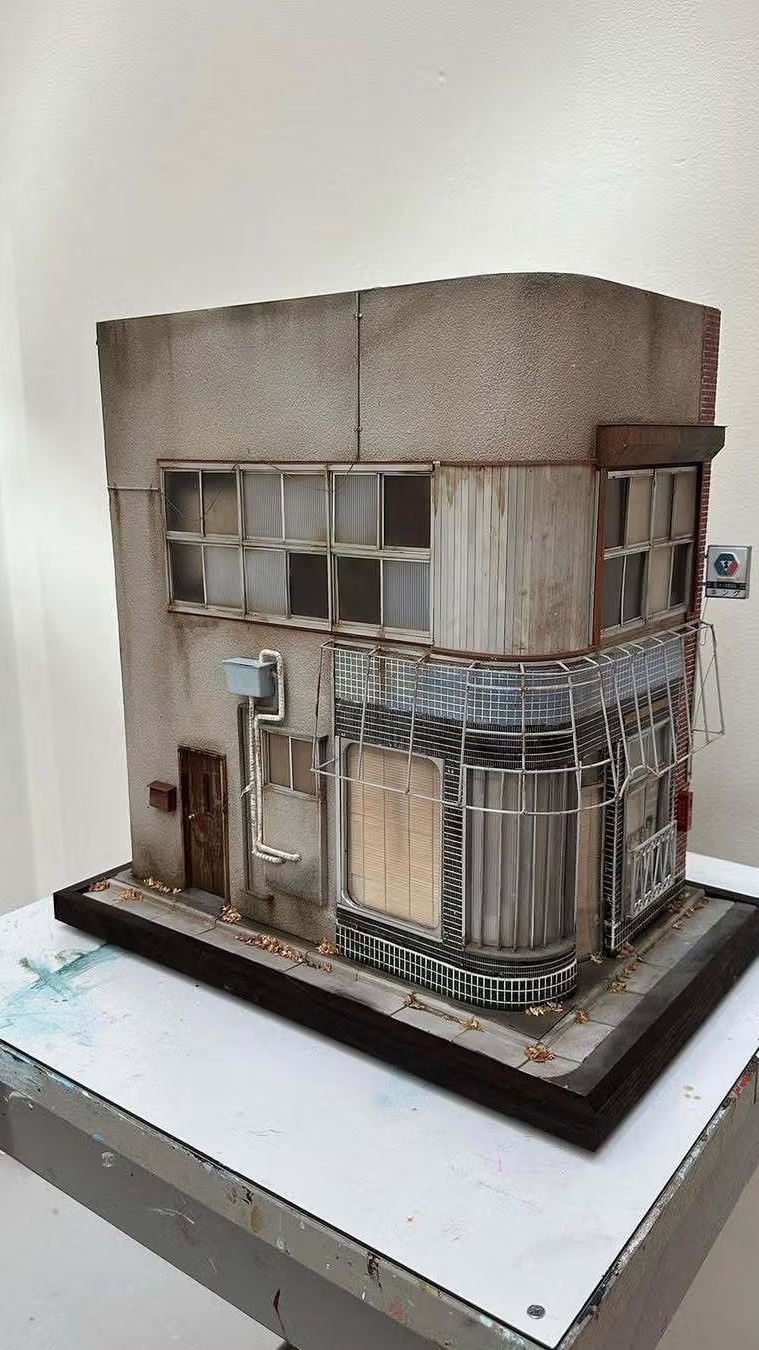The Yakuza Fan Magazine
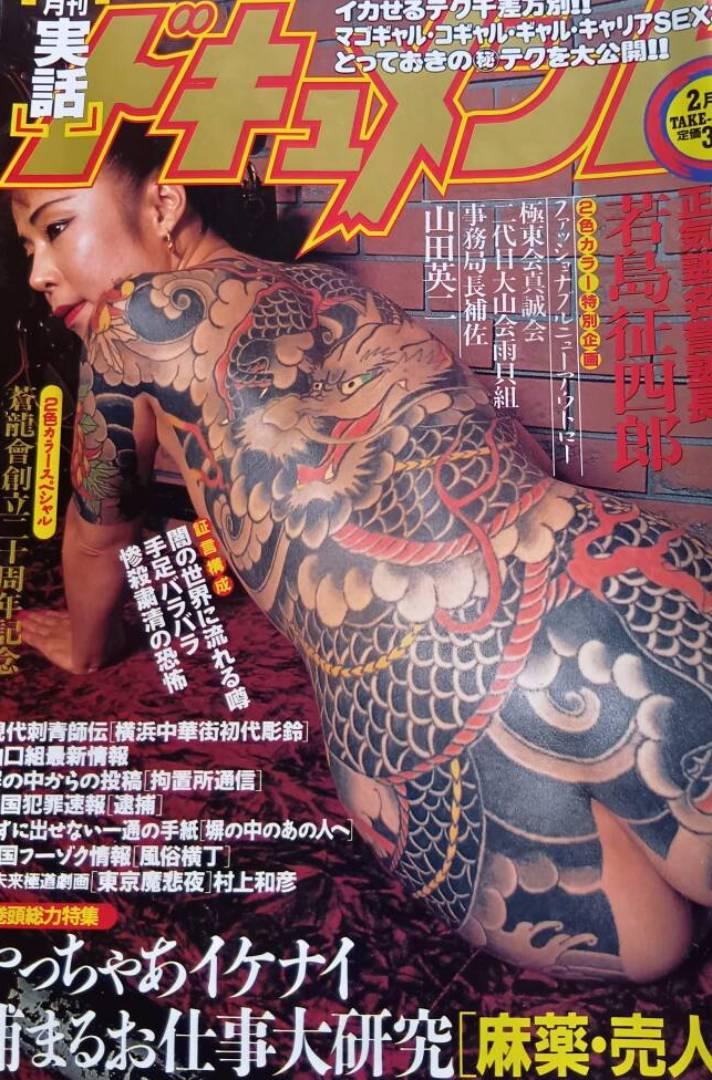

Editions of the Jitsuwa Document
For more than thirty years, Jitsuwa Document was the go-to magazine for people who wanted Japan’s criminal underworld without the gloss. First published in 1984, it mixed crime reporting, sensational scoops, subculture snapshots, sex, comics, and tattoos into a monthly package. About 20% of every issue (roughly forty pages) was devoted to yakuza news. The rest ran the gamut from celebrity scandals to erotic manga. It was a fan magazine that doubled as an underground trade journal, a strange hybrid that could only exist in Japan.

Jitsuwa Document cover
Much of the information about the yakuza in Jitsuwa Document was first reported by Jake Adelstein, a reporter who covered the police beat for the Yomiuri Shimbun newspaper. But unlike the mainstream press, Jitsuwa Document gave its readers real access: Interviews with mid-level bosses, photo spreads of rice cake ceremonies, organization charts, photos of bosses at shrine visits, updates on internal feuds, and the kind of granular reporting that police officers and office workers alike were eager to read. There was even “Tattoo Corner,” where readers sent in photos of their irezumi.
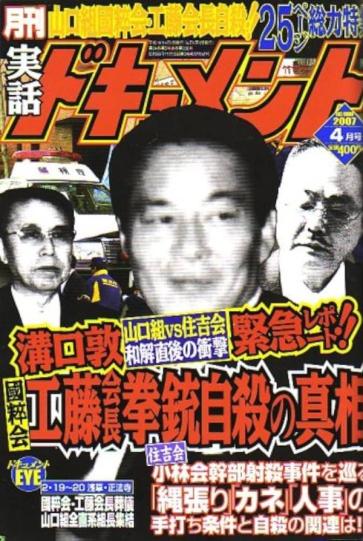
At its height, Jitsuwa Document was a circulation machine. Sales stayed high even after Seven-Eleven banned it from shelves under pressure, forcing readers to seek it out in smaller bookstores and corner kiosks. Part of its appeal was due to what came between the Yakuza content: Ads for sex shops, virility cures, AV, and tattoo studios. It was a publication as much about the fantasy of outlaw life as about organized crime itself.
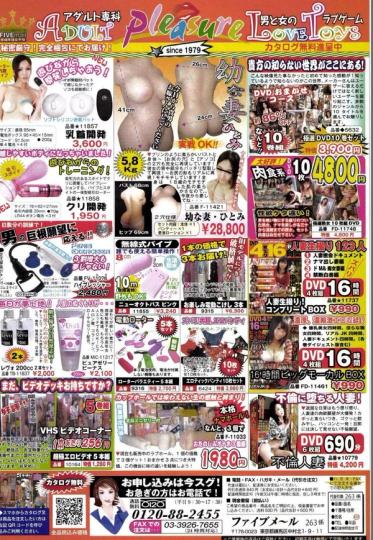
Via journalist Jake Adelstien
Sometimes, the magazine became part of the crime itself. In 2010, for instance, Japan’s largest yakuza organization, the Yamaguchi-gumi, quietly entered the pharmaceutical black market, pushing counterfeit Viagra across Osaka’s entertainment districts. These weren’t cheap knock-offs in plastic bags; they were near-perfect replicas, right down to the Pfizer hologram. The catch: some pills contained double the intended dosage, others had inconsistent formulas, and a few carried toxic impurities. Chemical roulette disguised as blue pills for half the price.
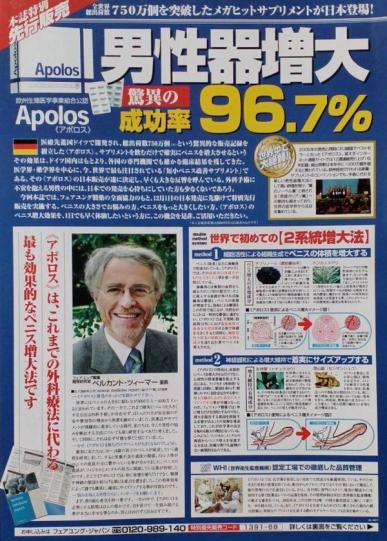
Fan magazines like Jitsuwa Document became advertising channels for these products, slotting in coded ads for “performance enhancers”. The scheme was cracked down on by authorities in May of 2010, but the episode showed how flexible the yakuza economy could be, and how fan magazines blurred into that ecosystem.
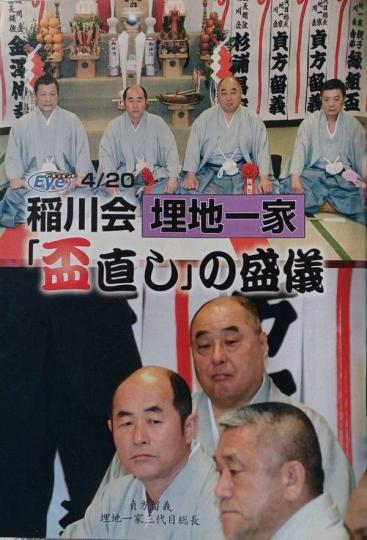
In March 2017, Jitsuwa Document announced its May issue would be the last. The editorial note offered no explanation, just an apology. The issue wasn’t money; the magazine remained profitable. Likely, the culprit was the tightening grip of the anti-yakuza legislation, such as the yakuza exclusion ordinances of 2011. These laws made it illegal for businesses to knowingly profit from yakuza ties. A magazine that published their words and sold ad space alongside them lived squarely in the gray zone.

The shutdown was part of a broader shift. Public sentiment toward the yakuza has grown harsher, and companies that once tolerated the magazines now distance themselves. Police pressure mounted, and in the end, even a profitable title couldn’t withstand it.

The final issue featured top bosses in its pages, closing the loop on a magazine that never shied away from covering the Yamaguchi-gumi, Sumiyoshi-kai, Inagawa-kai, and countless smaller groups. For readers, it marked the end of a direct line to a world that thrives on secrecy. For the yakuza, it cut off a semi-legitimate channel of representation, however curated. Three decades of gangster news, tattoos, sex, counterfeit pills, and scandal bound together into a pulp chronicle. Gone with one editorial apology.
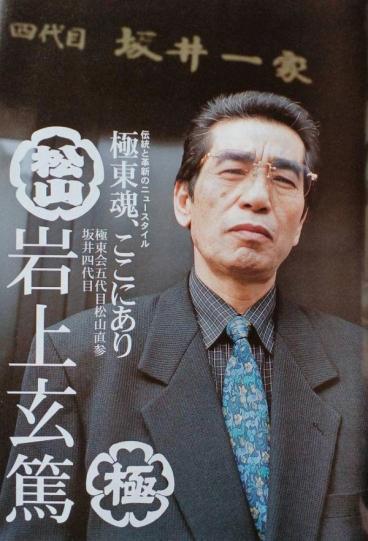


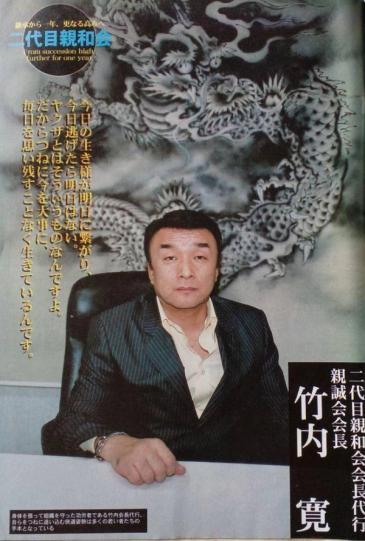
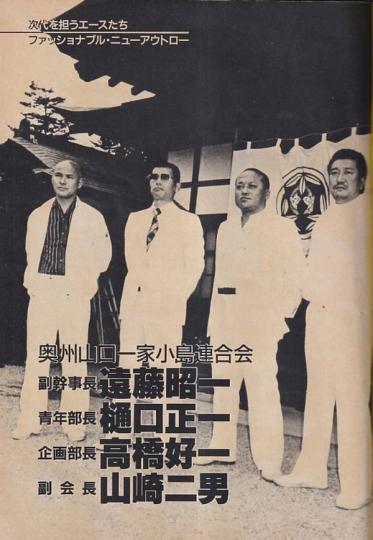
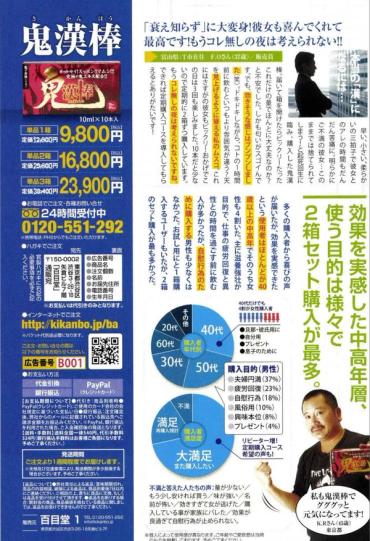
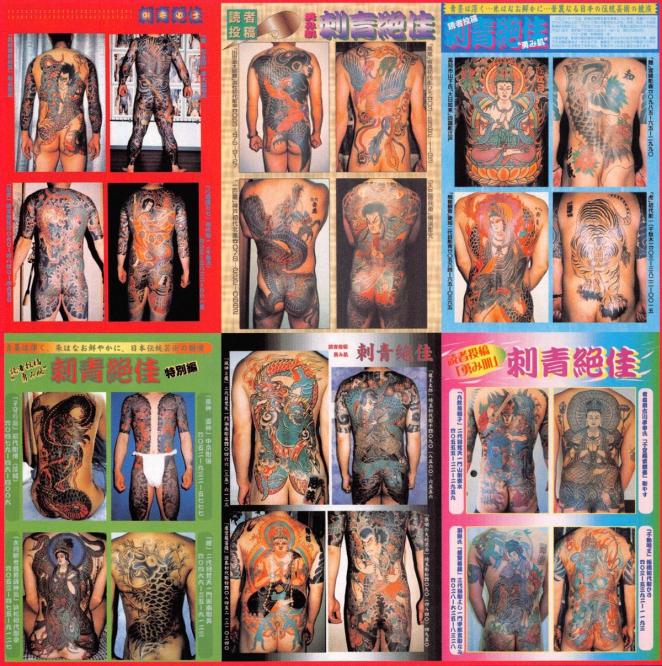
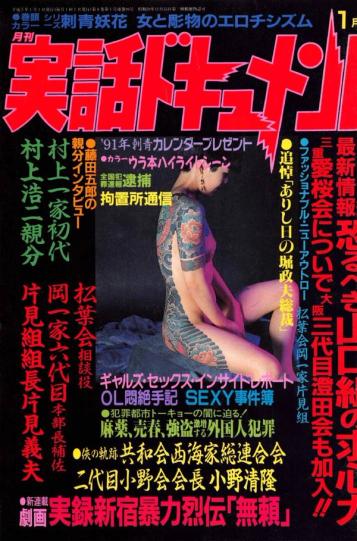

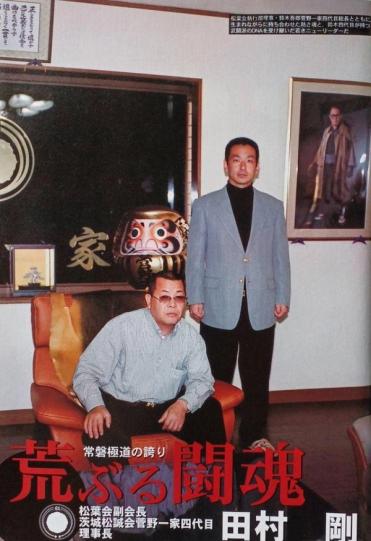
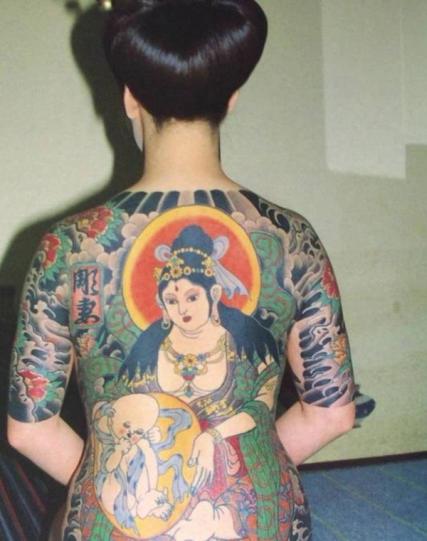
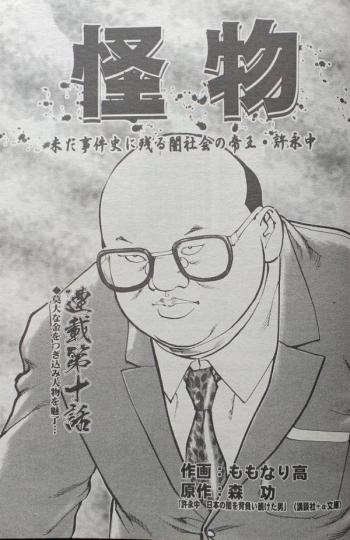
More scans from Jitsuwa Document
Scans and writing by @abeselassie




